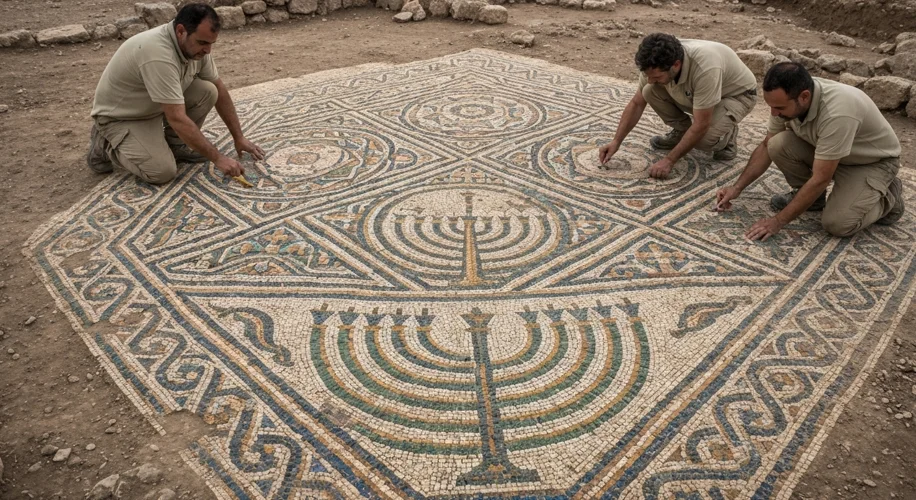Imagine a time nearly two millennia ago. The Roman Empire, a colossus bestriding the known world, cast a long shadow over Iberia. Yet, within its vast expanse, diverse communities thrived, weaving their own threads into the rich tapestry of history. In the quiet corners of what is now Spain, a remarkable discovery has potentially unearthed a significant chapter of early Jewish life.
For years, whispers and intriguing finds have hinted at a robust Jewish presence in ancient Hispania. However, concrete evidence, particularly of places of worship, has been scarce, leaving many questions unanswered about the scale and nature of these communities. That is, until a recent archaeological investigation began to paint a more vivid picture, focusing on a site that could redefine our understanding of Jewish history in the Iberian Peninsula.
Deep beneath the soil, archaeologists have been meticulously excavating a location that shows compelling signs of being a synagogue dating back approximately 1,700 years. This isn’t just any old building; the architectural elements and artifacts unearthed are sending ripples of excitement through the historical and archaeological communities. Think of mosaic floors, possibly depicting symbols significant to Jewish tradition, and architectural layouts that align with known synagogue designs from the late Roman and early Byzantine periods. Each shard of pottery, each carved stone, is a piece of a puzzle that could reveal the daily lives, spiritual practices, and social structures of Jews living in Roman Spain.

One of the most tantalizing clues is the potential presence of a menorah, a seven-branched candelabrum, a universally recognized symbol of Judaism. If confirmed, its discovery at this site would be a powerful indicator of its function as a place of Jewish worship. Furthermore, inscriptions found nearby, if they can be deciphered and linked to Jewish usage, could provide direct names, dates, and insights into the community that gathered here.
The implications of this find are profound. If this site is indeed a 1,700-year-old synagogue, it would offer invaluable evidence of a thriving and established Jewish community in Spain during a period when the region was under Roman and later Visigothic rule. It speaks to the resilience and adaptability of Jewish people, who maintained their religious and cultural identity even while integrated into broader, often dominant, empires. This discovery could push back the timeline of organized Jewish life in Spain and shed light on the interactions between Jewish, Roman, and nascent Christian populations.
Historians have long debated the extent of Jewish settlement in Roman Hispania. While literary sources and scattered archaeological finds have suggested a presence, definitive proof of significant community centers has been elusive. This potential synagogue, if fully authenticated, would move the needle dramatically. It would provide a tangible anchor for understanding the demographics, economic activities, and religious practices of these early Jewish inhabitants.
Consider the lives of those who walked these halls. Were they merchants trading along Roman roads? Scholars preserving ancient texts? Artisans creating beautiful works? The synagogue would have been the heart of their community, a place for prayer, study, and social gathering. The very stones of this potential synagogue hold silent witness to centuries of human experience, to prayers whispered in ancient tongues, to celebrations and sorrows shared.
While the archaeological process is rigorous and requires thorough analysis and peer review to confirm the synagogue’s identity, the initial findings are undeniably exciting. The careful work of uncovering these remnants is a slow, deliberate process, akin to piecing together a fragmented story. Each discovery adds a new sentence, a new paragraph, to our understanding of Spain’s rich and complex past.
This potential 1,700-year-old synagogue in Spain is more than just ancient stones; it’s a powerful echo from the past, resonating with the enduring human quest for community, faith, and identity. It invites us to look closer, to question our assumptions, and to appreciate the deep roots of Jewish history that have shaped the Iberian Peninsula and the world.

